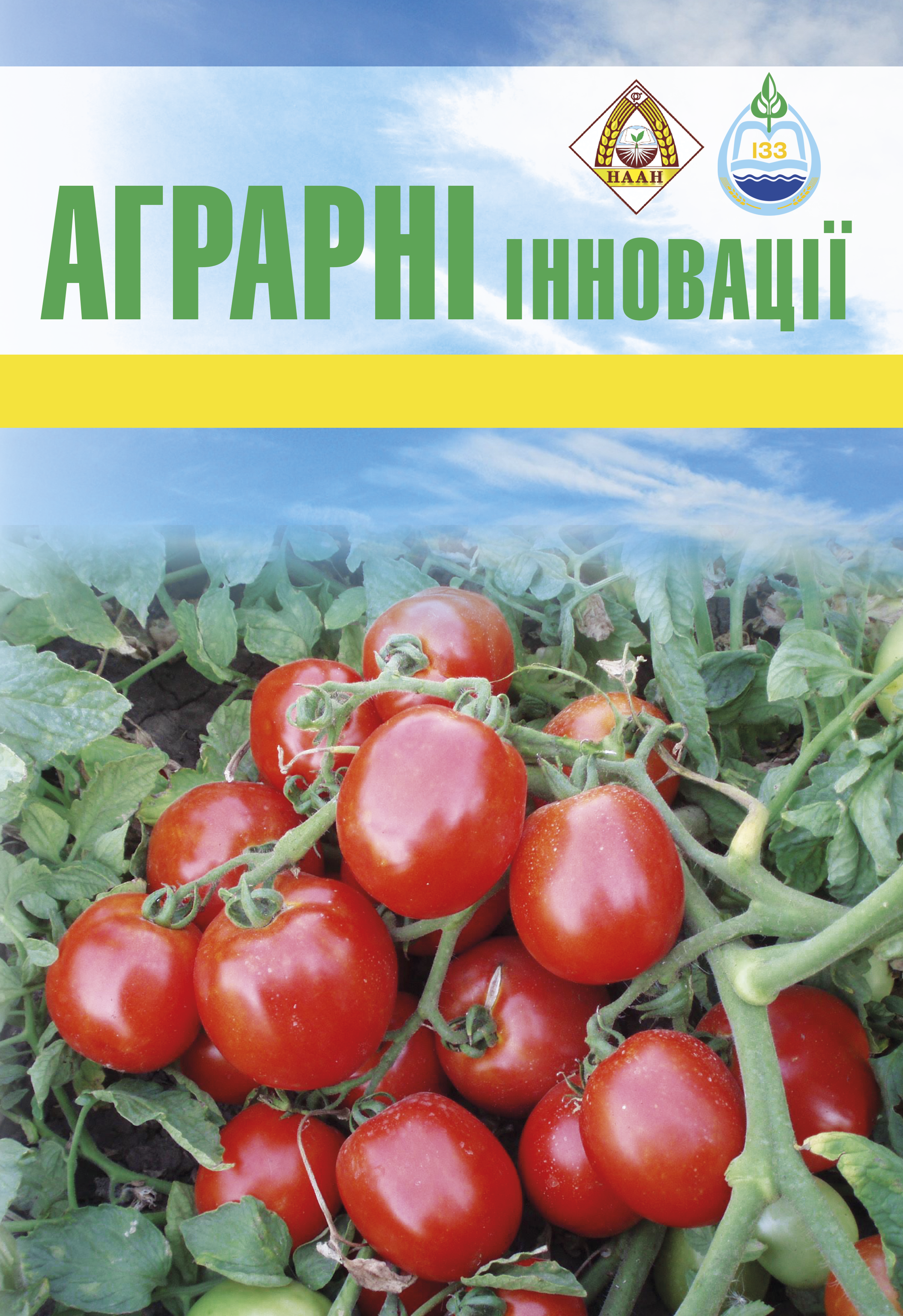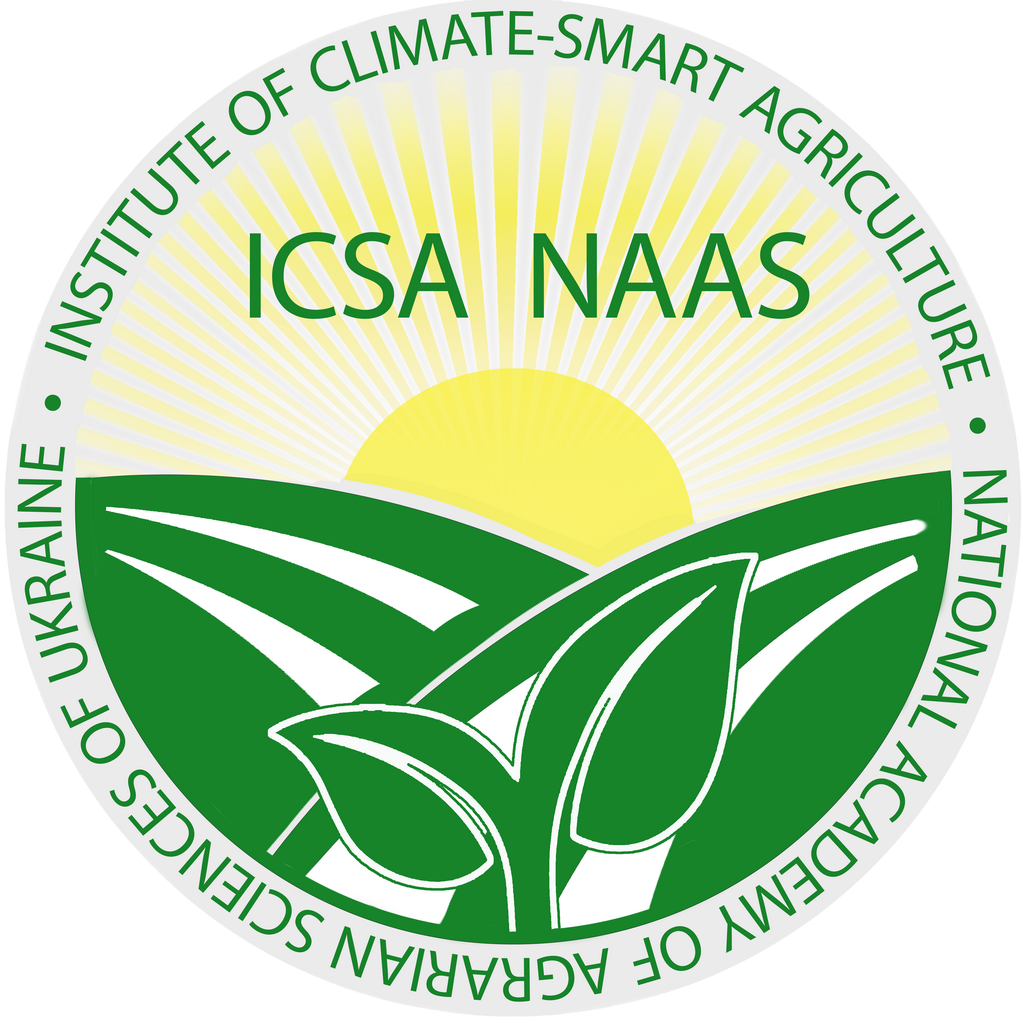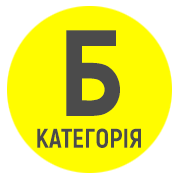Energy analysis of the technology of growing soybean varieties depending on the elements of agricultural technology under irrigation conditions
Abstract
The article presents the results of research on theenergy analysis of the technology of growing soybeanvarieties depending on the elements of agricultural technologyunder irrigation conditions. The purpose of theresearch is to conduct an energy analysis of the developedelements of agricultural technology for growing soybeanvarieties. Methods. The first experiment was conductedduring 2013–2015 at the experimental field of the Instituteof Irrigated Agriculture of the NAAS of Ukraine (now theInstitute of Climate-Oriented Agriculture of the NAAS).Three-factor experiment (factor A – variety, B – sowingdate, C – plant protection system). The second experimentwas conducted during 2017–2019 at the experimentalfield of the Institute of Irrigated Agriculture of theNAAS of Ukraine (now the Institute of Climate-OrientedAgriculture of the NAAS. Three-factor experiment (factorA – variety, B – inoculant, C – plant protection system).Research results. Energy analysis of the indicators of thefield experiment with soybean varieties showed significantdifferences in the amount of energy input for all studiedfactors and their variants. Among the varietal composition,the Svyatogor variety had the advantage, which formedthe highest energy efficiency coefficient – 2.95 and had thelowest energy intensity of production – 5.77 GJ/ha. It wasalso proven that early sowing (first term – April 20) negativelyaffects energy efficiency indicators, which can beexplained by the thermophilicity of the studied crop. It wasestablished that plant protection had a positive effect onthe amount of energy efficiency. In an experiment to studythe productivity of soybean varieties depending on theinfluence of inoculants and plant protection, it was proventhat from an energy point of view, the best option was thevariant with the Deimos variety, which was sown with seedtreatment before sowing with the Optimize preparation andformed a chemical plant protection system. Energy intakein the first experiment was the highest on the Svyatogor variety when sown on May 20 and under chemical protection– 73.2 GJ/ha, which was 34.6% more than thecontrol variant on the Diona variety. Energy expenditurevaried slightly in the range from 23.0 to 24.0 GJ/ha, or byonly 4.3%. Conclusions. The energy gain and energy efficiencycoefficient were maximum on the Svyatogor varietyon May 20 and with bio- and chemical protection. TheDiona variety when sown on April 20 had the lowest energyefficiency coefficient – 2.36, as well as the highest energyintensity – 7.10 GJ/t. In the second field experiment, theexcess of energy intake indicators of more than 60 GJ/hawas observed on the Deimos variety when using the inoculantsNitrofix and Optimize against the background ofbiological and chemical plant protection. In the variantwith the Deimos variety, inoculation with Optimize and withchemical plant protection, the energy gain increased to43.1 GJ/ha, and on the Phaeton variety without inoculationand without plant protection – it significantly decreasedby 3.2 times. The Deimos variety, from sowing with seedtreatment with the biological preparation Optimize on thebackground of chemical protection, allowed obtaining themaximum energy efficiency coefficient – 2.91 and the lowestenergy intensity of seeds – 5.81 GJ/t.
References
2. Peculiarities of reproduction of pinus Nigra arn. in Ukraine / Honcharuk I., Matusyak M., Pantsyreva H., Kupchuk I., Prokopchuk V., Telekalo N. Bulletin of the Transilvania University of Braşov. Series II: Forestry, Wood Industry, Agricultural Food Engineering. 2021. Vol. 15(64). № 1. P. 33–42. https://doi.org/10.31926/but.fwiafe.2022.15.64.1.3.
3. Деякі параметри господарки цінних ознак сорту сої для умов Лівобережного Лісостепу України / Шевніков М. Я., Галич О. П., Лотиш І. І., Міленко О. Г.Вісник ПДАА. 2015. № 3. С. 40–43.
4. Ярошко М. Технологія вирощування сої: фактори врожайності, сівба і використання добрив. Агроном. 2013. № 1. С. 130–133.
5. Каленська С. М., Новицька Н. В., Андрієць Д. В. Продуктивність як інтегральний показник застосування технологічних прийомів вирощування сої на чорноземах типових. Корми і кормовиробництво. 2011. Вип. 69. С. 74–78.
6. Бабич А. О., Петриченко В. Ф., Іванюк С. В. Вплив гідротермічних умов на прояв основних господарсько цінних ознак у сої в Лісостепу України. Вісник аграрної науки. 1997. № 12. C. 15–17.
7. Varietal features of elements of soybean cultivation technology during irrigation. Scientific horizons / Ivaniv M., Vozniak V., Marchenko T., Baklanova T., Sydiakina O. 2023. Vol. 26(6). р. 85–96. https://doi.org/10.48077/scihor6.2023.85
8. Дідора В. Г., Баранов А. І., Ступніцька О. С. Формування фотосинтетичного апарату сої залежно від норм висіву та строків посіву в умовах Полісся України. Вісник СНАУ. Серія «Агрономія і біологія». 2013. Вип. 3 (25). С. 138–140.
9. Дерев’янський В. П. Економічне та енергетичне оцінювання технологій вирощування сої. Хімія. Агрономія. Сервіс. 2012. № 2. C. 14–17.
10. Медведовський O. K., Іваненко П. І. Енергетичний аналіз інтенсивних технологій в сільськогосподарському виробництві. Київ: Урожай, 1988. 206 с.
11. Методика польового досліду (Зрошуване землеробство): навчальний посібник / Ушкаренко В. О., Вожегова Р. А., Голобородько С. П., Коковіхін С. В. Херсон: Грінь Д.С., 2014. 448 с.
12. Методика польових і лабораторних досліджень на зрошуваних землях: монографія / Вожегова Р. А., Лавриненко Ю. О., Малярчук М. П. та ін. Херсон: Грінь Д. С., 2014. 286 c.






